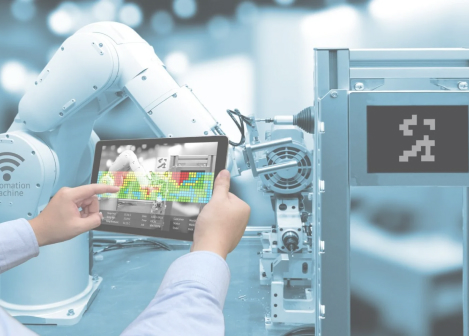The Rise of Smart SCADA Systems:
Traditionally, SCADA systems were primarily focused on remote monitoring and control of industrial processes. However, with the advent of IoT (Internet of Things) and Industry 4.0 technologies, SCADA systems have evolved into smart, interconnected platforms capable of collecting and analyzing vast amounts of data in real-time. These smart SCADA systems leverage advanced sensors, actuators, and communication protocols to provide unprecedented insights into industrial processes.
Integration of Artificial Intelligence and Machine Learning:
One of the most significant advancements in SCADA technology is the integration of artificial intelligence (AI) and machine learning (ML) algorithms. By leveraging AI and ML capabilities, SCADA systems can now predict equipment failures, optimize processes, and even autonomously make decisions to enhance efficiency and productivity. For example, predictive maintenance algorithms can analyze data from sensors to identify patterns indicative of impending equipment failure, enabling proactive maintenance to prevent costly downtime.
Cloud-Based SCADA Solutions:
Another key innovation driving the evolution of SCADA systems is the adoption of cloud-based solutions. Cloud computing offers scalability, flexibility, and accessibility, allowing organizations to deploy SCADA systems more cost-effectively and manage them remotely from anywhere in the world. Cloud-based SCADA solutions also facilitate data storage and analysis, enabling organizations to harness the power of big data to gain actionable insights and improve decision-making.
Cybersecurity Enhancements:
As SCADA systems become more interconnected and data-driven, cybersecurity has emerged as a critical concern. The latest innovations in SCADA technology include robust cybersecurity measures designed to protect industrial networks from cyber threats and vulnerabilities. These measures may include encryption protocols, network segmentation, intrusion detection systems, and regular security audits to ensure the integrity and confidentiality of sensitive data.
Real-Time Visualization and Collaboration Tools:
To empower operators and decision-makers with actionable insights, modern SCADA systems offer advanced visualization and collaboration tools. Real-time dashboards, trend analysis tools, and interactive interfaces provide operators with a comprehensive view of industrial processes, enabling them to identify inefficiencies, troubleshoot issues, and make data-driven decisions in real-time. Moreover, collaboration features allow teams to share information, collaborate on projects, and coordinate responses to dynamic operational challenges effectively.
Conclusion:
The evolution of SCADA systems is driving the transformation of industrial automation, paving the way for smarter, more efficient, and agile industrial solutions. By embracing the latest innovations in SCADA technology, organizations can optimize processes, minimize downtime, enhance safety, and unlock new opportunities for growth and innovation. As we continue to push the boundaries of what is possible, the future of SCADA promises to revolutionize the way we interact with and control industrial systems, ushering in a new era of smart industrial solutions.

